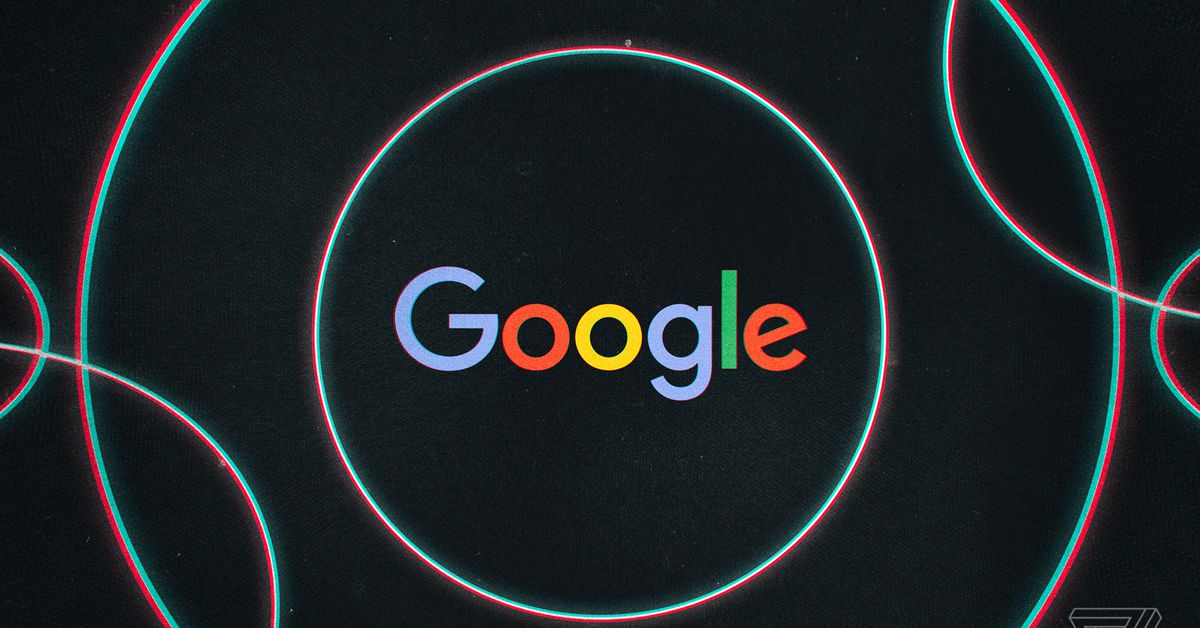We use cookies and other tracking technologies to improve your browsing experience on our site, show personalized content and targeted ads, analyze site traffic, and understand where our audiences come from. To learn more or opt-out, read our Cookie Policy. Please also read our Privacy Notice and Terms of Use, which became effective December 20, 2019.
By choosing I Accept, you consent to our use of cookies and other tracking technologies.
Filed under:
Sometimes Search snippets try to be too helpful
The team behind Google Search is tweaking its featured snippets — the text boxes that sometimes spread false information while trying to offer help. The company announced an update that’s supposed to make answers more accurate and avoid the problem of false premises, or questions where no definitive-sounding answer would make sense. It’s paired with an expansion in Google’s “about this result” option and warnings for low-quality data voids, as well as a new partnership on information literacy lesson plans for middle and high-school students.
Snippets appear under many searches, but because they appear to directly answer questions by quoting pages, they can backfire in ways that standard query responses don’t. In a presentation to reporters, Google offered some examples of these problems and how it’s trying to fix them. When you search for how long light takes to get from the Sun to Earth, for instance, Google at one point offered a snippet that highlighted the distance from Pluto instead.
The solution, according to Search VP Pandu Nayak, lies in finding consensus: facts that match across multiple top search results. In a call with reporters, Nayak clarified that this consensus check is sourced from pages Google has already designated as high-quality, something Google hopes can avoid a snippet equivalent of Google bombing. “It doesn’t establish something is trustworthy, it just looks around the top results,” says Nayak. But by looking at several pages that Google already trusts, then trying to find commonalities, it hopes it can avoid highlighting the wrong details.
A separate problem is the “false premise” issue, a phenomenon where Google tries to be a little too helpful with snippets. For years, if you’ve entered a leading question about something that never happened, Google has frequently offered snippets that seem to confirm its factuality, drawing out-of-context text fragments from a semi-related page. The Search team’s example, for instance, is “When did Snoopy assassinate Abraham Lincoln,” which at one point offered the date of Lincoln’s death in a snippet. Google calls these cases “not very common,” but it says it’s been training its systems to get better at detecting them and not offering a featured snippet at all, and it promises it’s reduced the incidence of these inappropriate appearances by 40 percent.
This doesn’t necessarily solve every problem with snippets. Nayak acknowledged that neither system would help with an issue identified last year where Google offered the precise opposite of good advice on dealing with seizures, listing a series of “do not” proscriptions as guides on what to do. “That kind of thing really is about making sure that our underlying algorithms appropriately extract enough of the context,” says Nayak, who says Google is continuing to make improvements that could prevent similar problems.
But the goal is to make snippets go haywire less often and increase trust in Search results, something that’s emphasized by Google’s other changes. For about a year, Google has been placing warnings above unreliable search results that can happen in breaking news situations. It’s now expanding those to more general situations where it determines there aren’t high-quality results for a search, adding an advisory before letting people scroll down the page to see the results. It doesn’t stop anyone from seeing content, but it ideally helps manage expectations about the information’s reliability.
Google is also expanding “About this page,” which lets you see details about the website a given result comes from. The option has so far been available on Search, but it’s now launching in Google’s iOS app in English — you can swipe up while browsing any page through the app to learn more details about it, theoretically helping you gauge its trustworthiness. The system is launching on Android later this year and in other languages over the coming months.
Subscribe to get the best Verge-approved tech deals of the week.
Please confirm your subscription to Verge Deals via the verification email we just sent you.
Oops. Something went wrong. Please enter a valid email and try again.
Google Search will improve snippets to avoid misinformation – The Verge





